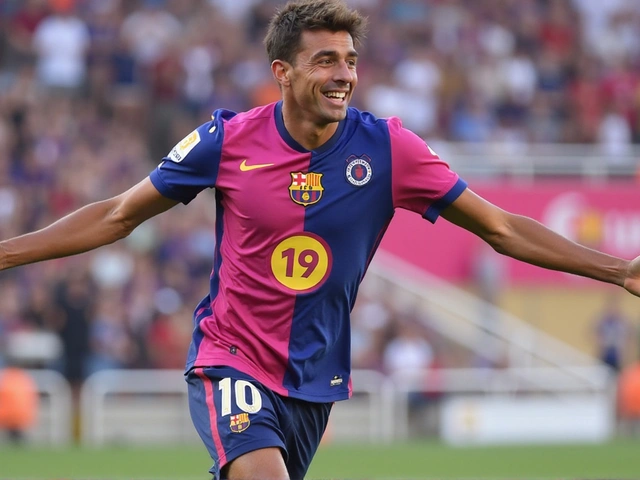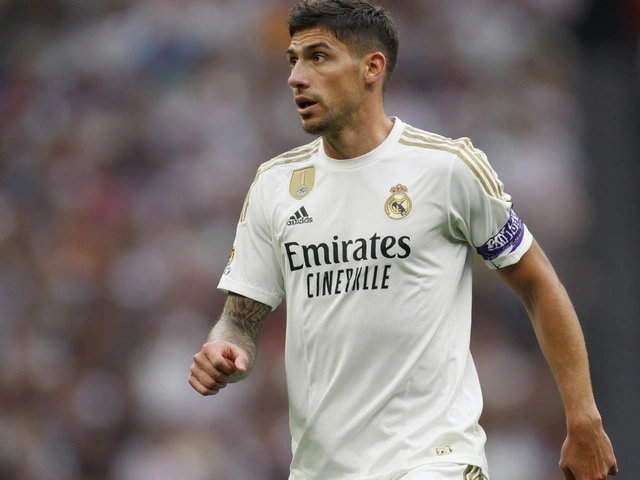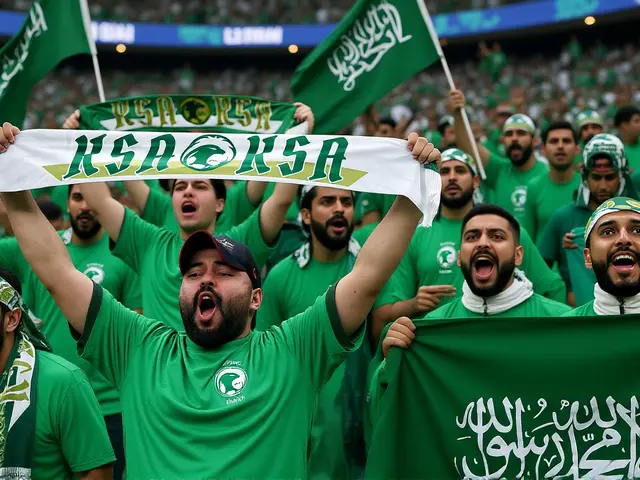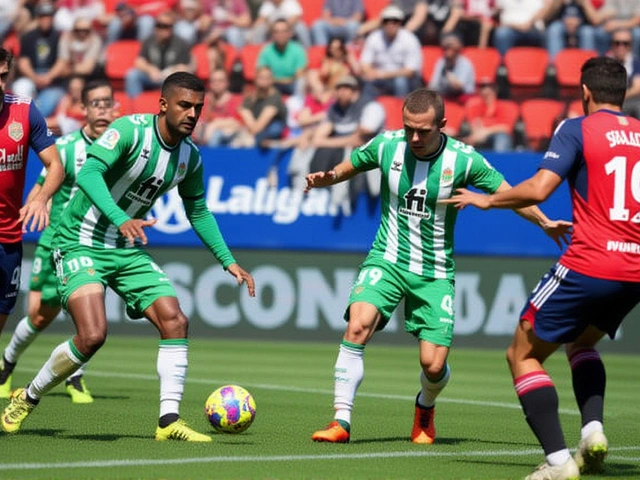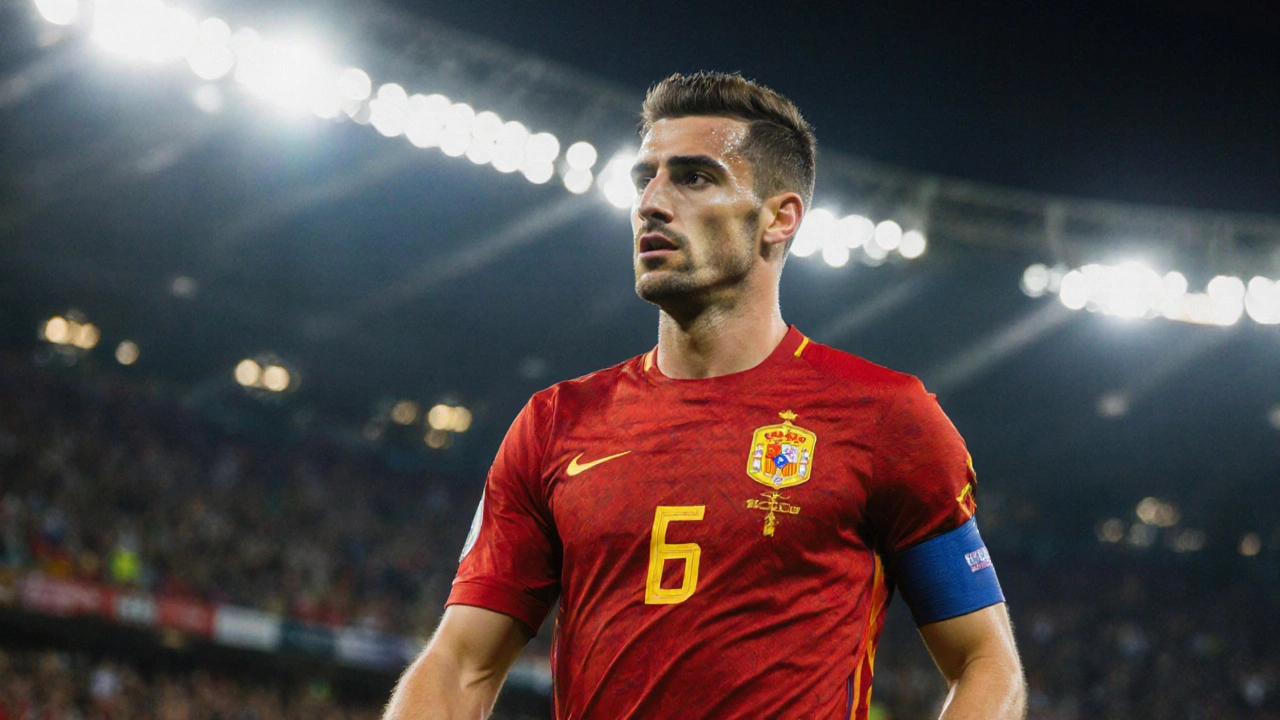Sergio Busquets retirement: how the end of an era reshapes Spanish football
When working with Sergio Busquets retirement, the conclusion of a two‑decade spell at FC Barcelona and a key role in the Spanish national team, celebrated for his tactical intelligence, positional sense and calm under pressure. Also known as Busquets' farewell, it marks a turning point for clubs that rely on a deep‑lying playmaker to dictate tempo. The news has fans asking whether the next generation can fill a void that statistics alone cannot measure. Sergio Busquets retirement also sparks a broader conversation about how teams plan succession for roles that blend strategy with subtle skill.
At the heart of the story sits FC Barcelona, the Catalan giant where Busquets spent his entire professional career, winning dozens of trophies and embodying the club's possession‑based philosophy. Barcelona now faces a strategic choice: promote a youth academy prospect, reshuffle the midfield hierarchy, or look abroad for a comparable profile. The club’s recent tilt toward home‑grown talent makes the decision even more critical, as fans and executives weigh tradition against the need for immediate on‑field stability.
The ripple effects extend to La Liga, Spain’s top‑flight competition where Busquets helped define the modern midfield archetype through tactical discipline and intelligent ball circulation. La Liga clubs increasingly scout for players who can emulate his blend of defensive shielding and forward initiation, a skill set that has become a benchmark for midfield recruitment. As teams adjust their scouting reports, the league’s overall tactical evolution may shift toward more compact, transition‑focused play, reflecting the legacy Busquets leaves behind.
Beyond club football, the Spanish national team, the La Roja side that claimed two World Cups and two European Championships with Busquets anchoring the middle of the park now confronts a generational gap. Coach Luis de la Fuente will need to find a player who can replicate Busquets’ reading of the game while fitting into a faster‑paced international style. The transition will likely involve a mix of experienced veterans and emerging talents, each tasked with preserving the possession‑heavy identity that defined Spain’s golden era.
What Busquets’ retirement says about veteran exits in modern football
Veteran retirements are more than personal milestones; they reshape locker rooms, tactical plans and fan expectations. Look at Xavi Hernández’s move into coaching or Lionel Messi’s shift to MLS – each case forced clubs to re‑evaluate leadership structures and on‑field dynamics. Busquets’ departure follows a similar pattern, where a player known more for his brain than his flash triggers a reevaluation of how teams value subtle influence versus headline‑grabbing statistics. The pattern illustrates a growing awareness that the “quiet” midfielder can be the cornerstone of success, prompting clubs to invest in scouting and developing comparable profiles.
All of these angles set the stage for the articles below. Below you’ll find analysis of Busquets’ career highlights, insights into Barcelona’s next midfield move, and expert takes on how La Liga and the Spanish national team plan to adapt. Whether you’re a fan tracking the next big signing or a coach studying the evolution of the deep‑lying playmaker, the collection offers practical perspectives that go beyond the headlines.
